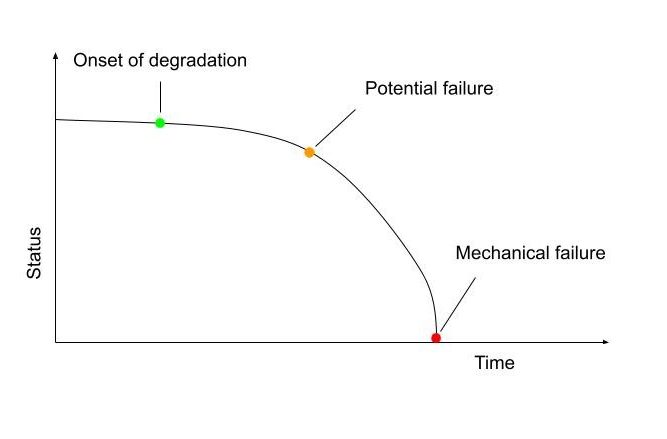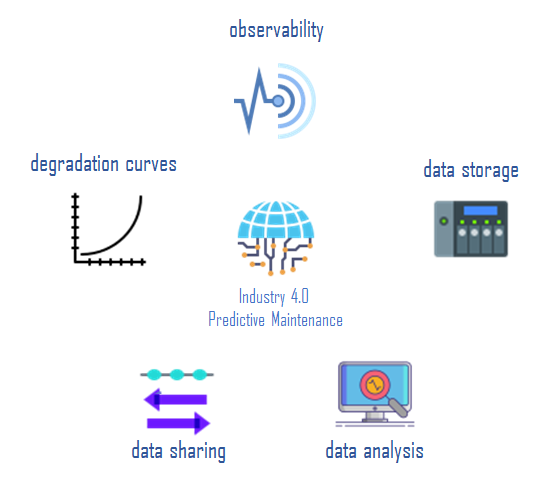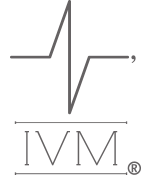The importance of measuring the distribution of vertical forces per wheel in static conditions for maintenance
The main difference between periodic maintenance strategies and condition based and predictive ones is that the last ones dictate the maintenance interventions depending on the condition of a system component.
The increasing attention and research for the implementation of these two types of strategies is a direct consequence of two phenomena:
- Need to improve and optimize the economy, continuity and safety of the railway service;
- Industry 4.0. The evolution of measurement and diagnostic systems determine the ability to better and more easily analyse the state of a certain component at a certain time and to predict its future state, on the basis of mathematical models of the evolution of degradation.
Let’s focus briefly on these types of maintenance to see what are the slight differences that characterize them:
CONDITION BASED MAINTENANCE: It mandates that maintenance should only be performed when certain indicators show signs of decreased performance or impending failure. Therefore, good operation is not guaranteed and such a component does not meet the technical specifications.
Let’s consider the following graphic on the life cycle of a component or subsystem:

There’s no infinite-life component or subsystem. There will be a time when the downward phase will begin and will inevitably lead to its functional failure. The point P on the image indicates the moment when the deterioration of the component / subsystem begins to be observable: from point P onward, it is possible to notice the degrading state of the component / subsystem. On-condition maintenance monitors the health of the component / subsystem in a more or less constant manner in order to identify in time an intermediate condition between point P and point F, that is the mechanical failure. Once this condition has been identified, preventive maintenance is applied, as for the planned one, but only when the component/ sub-assembly condition needs it.
This type of maintenance approach implies instruments that are able to perform accurate measurements in order to accurately identify the state of health of the component, and that can be used frequently, without extra costs due to the downtime of the train. Therefore, this kind of instrument should be able to implement the so-called ‘’condition monitoring’’.
PREDICTIVE MAINTENANCE: it is implemented by analysing the data made available by the operation analysis of the components and / or systems. This data essentially comes from diagnostic systems, normally installed both on board the train and along the line and / or in specific areas of the maintenance sites.
Predictive maintenance uses the powerful calculation tools introduced by technological evolution, which become “users” of the data generated by “condition monitoring”. Through statistical and machine learning models, predictive maintenance aims to predict the degradation trend of the component / sub-assembly in order to optimize the decision-making processes related to maintenance activities.
As regards the previous graphic, it is no longer just a question of being able to monitor and identify a condition between point P and point F, but of predicting the entire profile of the curve.
These two kinds of maintenance approaches are the fruits of the new technological means from the industry 4.0.
Major industrial sectors such as aerospace, automotive and nuclear are already using and reaping the benefits of these new technologies, while the rail sector is approaching them slowly. However, thanks to the attention on safety that also comes from the new directives and regulations issued by the European Union and the need to optimize the railway service in terms of costs, in the coming years these new methodologies will become essential for optimal fleet management.
To conclude, it is about activating a “virtuous cycle” thanks to accurate and reliable measurement systems and connecting the various measurements carried out to the operating context where the vehicle is, in order to characterize functioning as a function of time and context.



